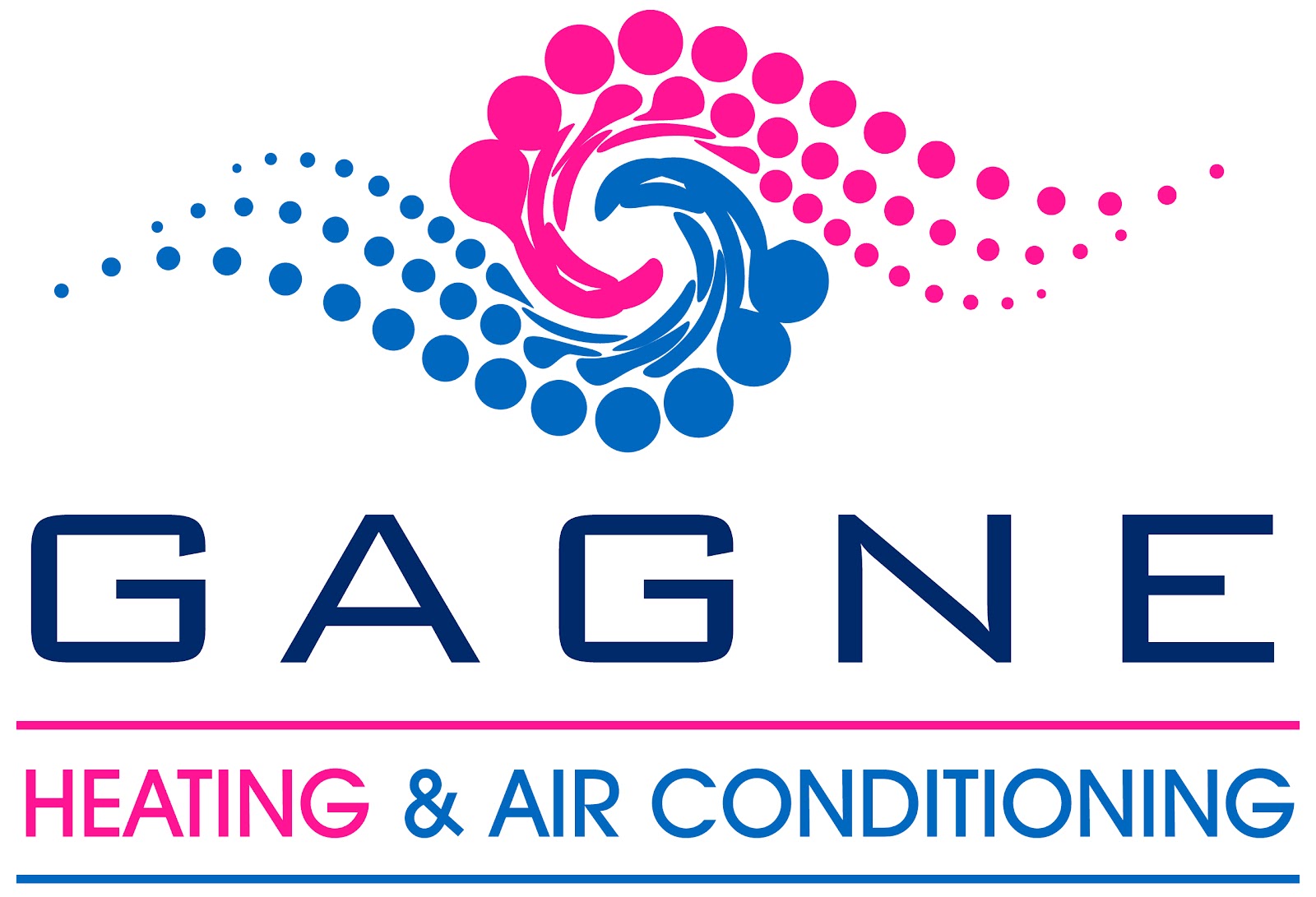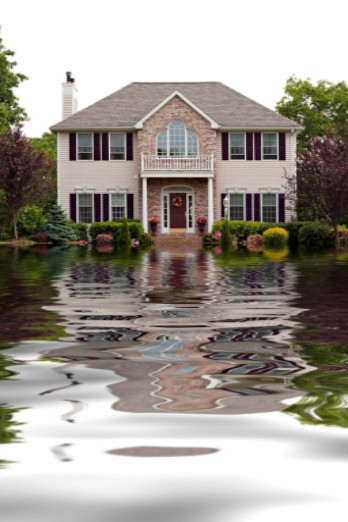In light of the recent devastation in Houston left in the wake of Hurricane Harvey, many customers have reached out to us asking about what to do if such a flooding event were to occur here in Atlanta.
Air conditioners are designed to handle heavy rains, but flooding is a different story. In the event of a substantial flood, follow the steps outlined below to determine the state of your AC unit:
Step 1: Safety first
Never touch or inspect your AC system without turning off electricity to the unit! Switch off the unit at the fuse box before proceeding.
Step 2: Contact your insurance company
To determine if you are protected from flood damage, you should contact your homeowner’s insurer. Standard home insurance policies don’t include this type of coverage, but it depends on the details of your policy and where you reside. Sometimes insurance will cover your unit if it’s damaged due to a fallen tree or wind.
Step 3: Inspect for corrosion
All connectors, wires and components need to be closely examined.
Step 4: Check the coils
Determine if they need to be cleaned of debris.
Step 5: Look for broken seals
In particular, check the condenser fan. Does the seal there look broken? If so, you have a problem.
Step 6: Inspect your indoor unit
Don’t forget to check your indoor unit; it’s actually more susceptible to water damage than an outdoor unit. Even a 6-inch submersion in water can damage an indoor unit (especially in a crawl space area). Before checking the indoor unit, turn off the AC on the thermostat.
Step 7: Call an HVAC professional
If your unit appears to be working after the flood, you’re in luck! However, be aware that some issues do not affect the unit until later. It’s recommended you contact a professional AC repairman from a reputable local HVAC company to assess the situation.
If you live in that Atlanta, Georgia area and require assistance, give Gagne Heating & Air Conditioning a call for emergency AC service.

